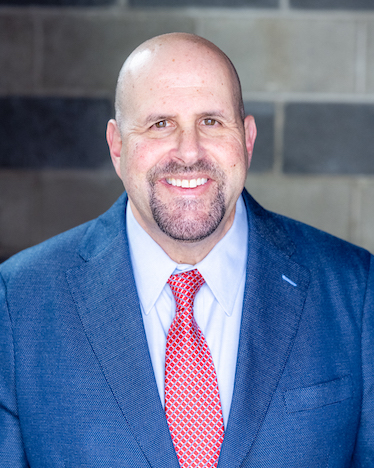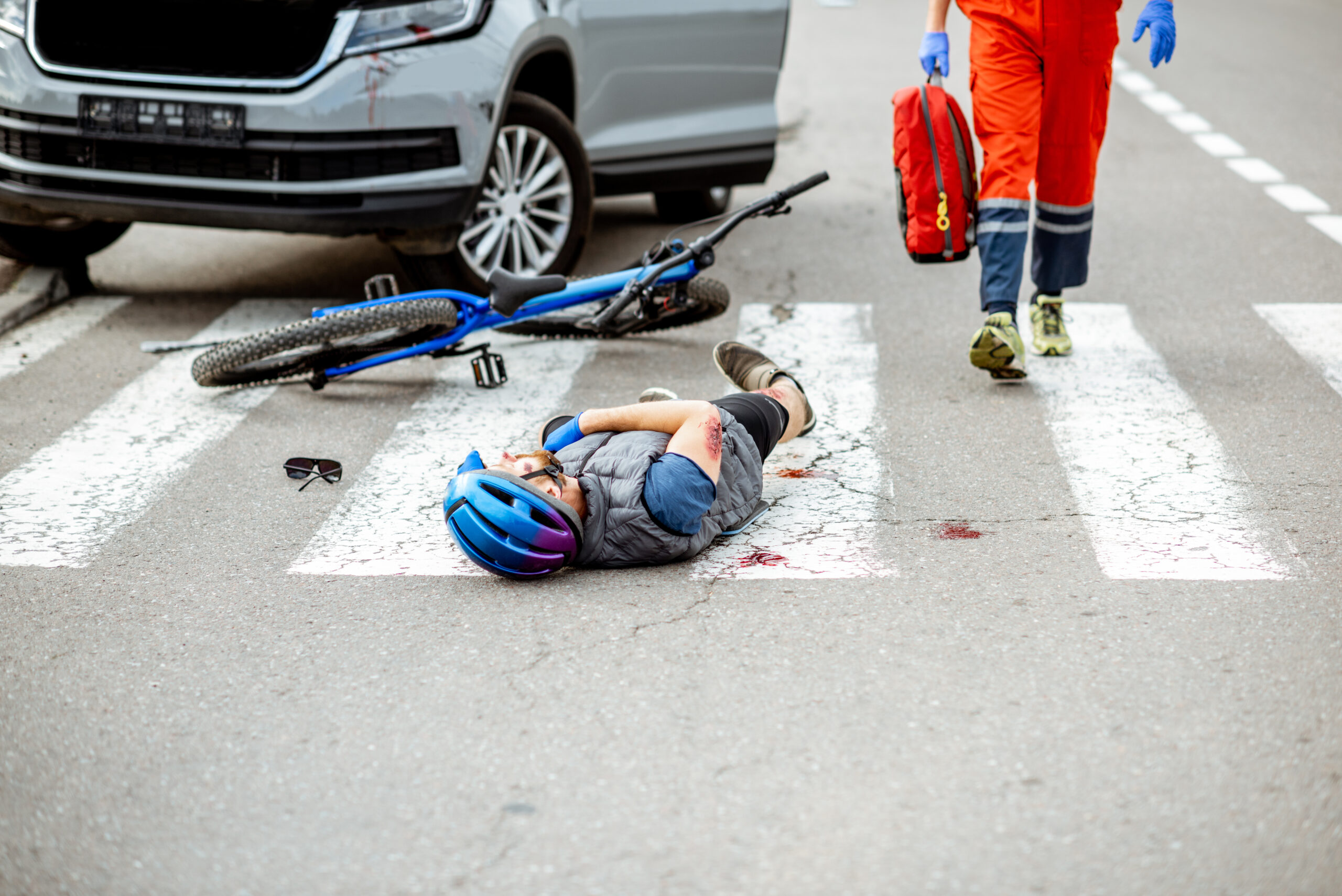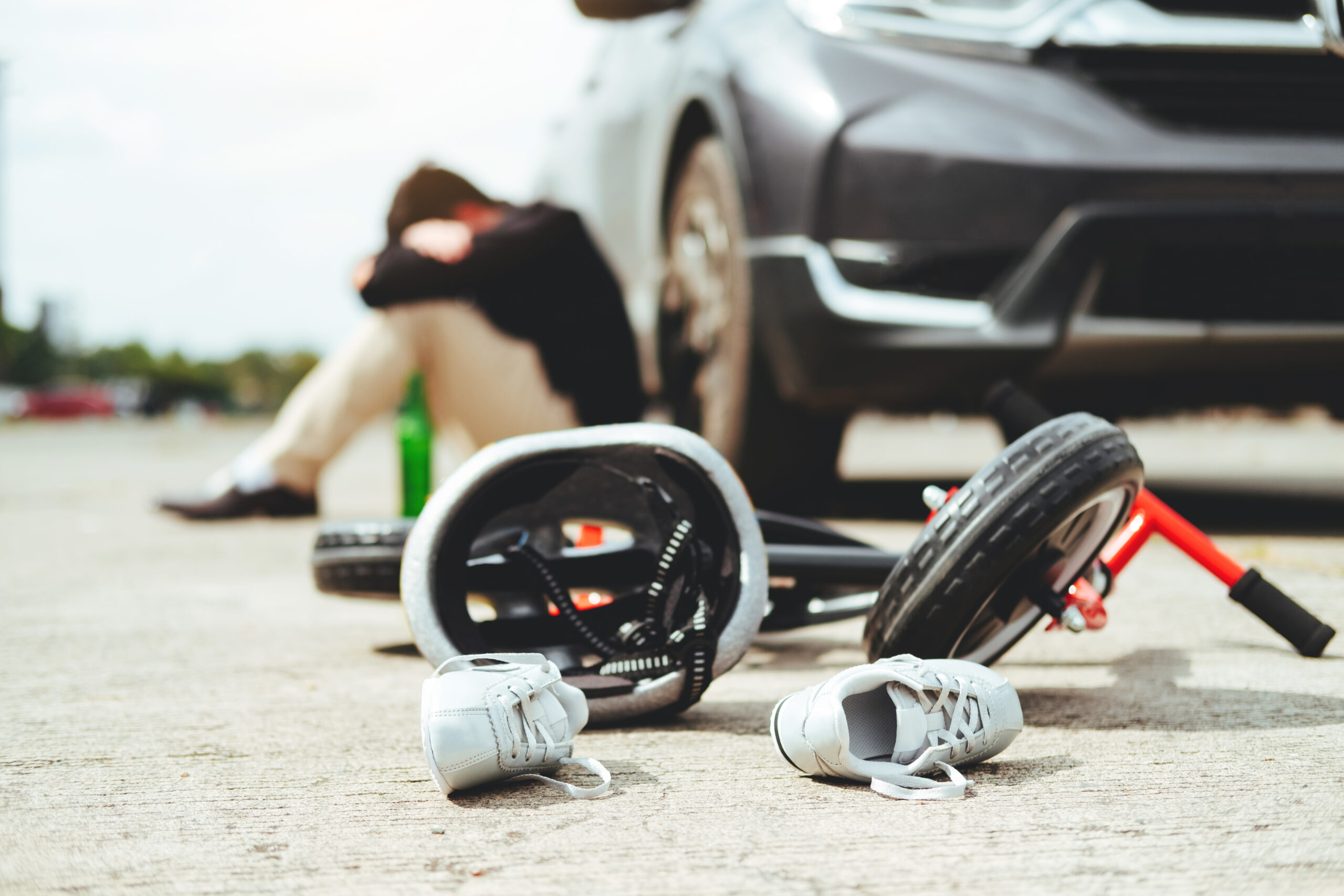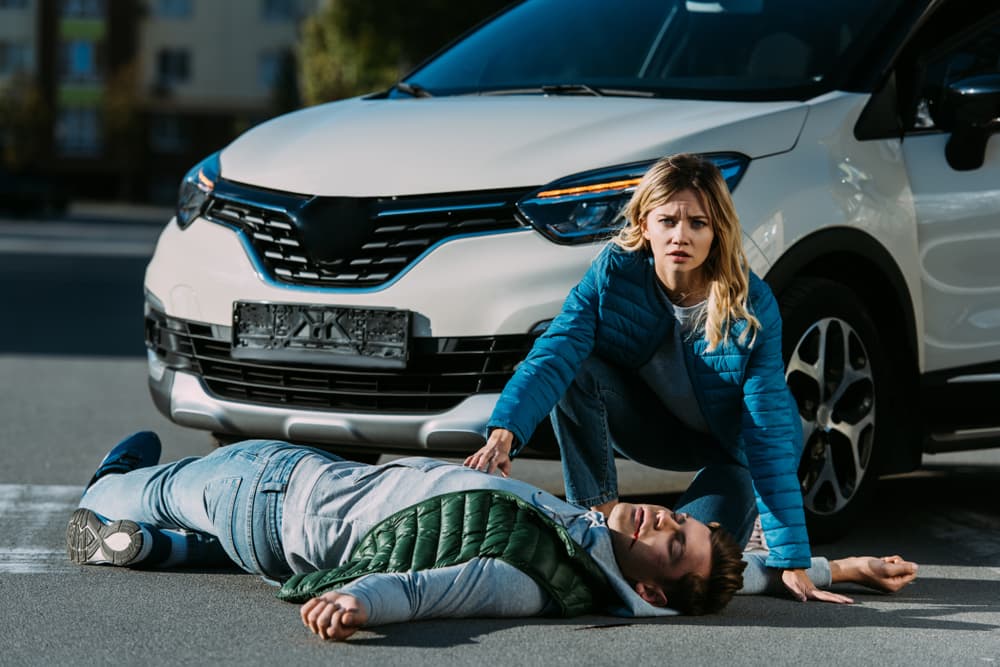What if am I partly to blame for my pedestrian accident? The human body is no match for a motorized vehicle of any size or shape. Vehicles are much larger and have the potential to cause much damage. Getting behind the wheel of a car requires practice, skill, and responsibility. These are just some of the reasons why drivers are typically ultimately the responsible party when a pedestrian accident occurs.
Sadly, many pedestrians feel they are to blame after sustaining injuries in an accident with a vehicle, even though the accident was the driver’s fault. Pedestrian accident victims should always meet with a skilled lawyer to have their case reviewed so they can learn more about exercising their legal rights and the compensation they are entitled to receive. Reach out to a pedestrian accident lawyer.
Common Pedestrian Accident Scenarios
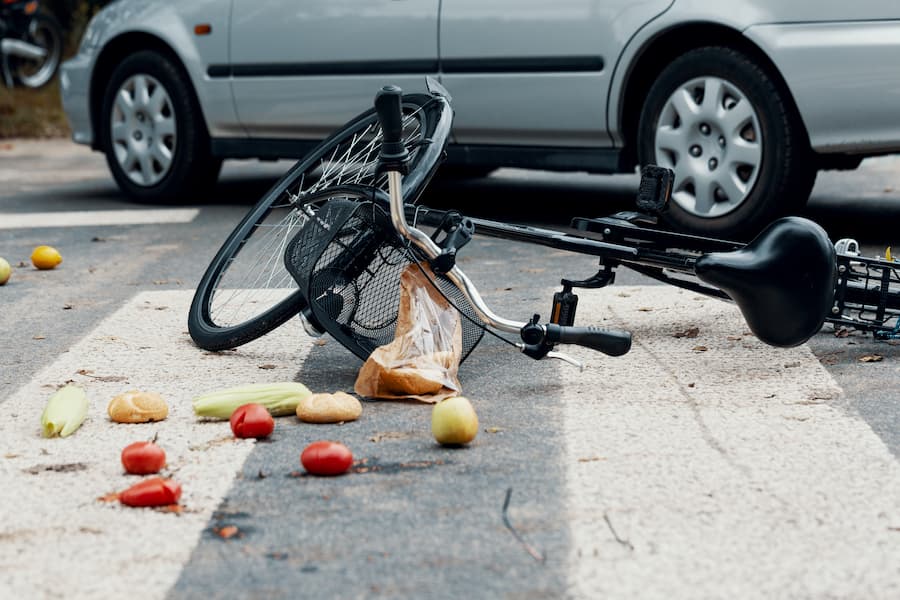
There are several different types of pedestrian accidents. Unfortunately, many end up as hit-and-run accidents, especially in heavy traffic. When you hire a pedestrian accident attorney, it’s their job to determine how your accident happened and who is liable.
Pedestrian accidents usually fall into one of these categories:
- Crosswalk accidents: A pedestrian is legally in a crosswalk and a vehicle, for whatever reason, fails to give them the right-of-way, hitting them while they are still in the crosswalk.
- Parking lot/back-over accidents: A vehicle backs up, such as when pulling into or out of a parking spot, and hits a pedestrian while in reverse. These accidents are common in parking lots when cars often block a driver’s view on either side, and shoppers quickly and consistently walk across parked vehicles’ paths.
- Loss of control accidents: Sideswiping a pedestrian on a sidewalk or hitting one after losing control of a vehicle is no excuse for injuring a pedestrian. Frequently, these accidents result in a pedestrian being run over and trapped under the vehicle or crushed between the car and another stationary object, such as another vehicle or a building. Loss of control accidents can be the most dangerous to the health and life of pedestrians.
Who Can I Hold Liable for My Pedestrian Accident Injuries?
Generally, the driver of the vehicle that hit you is liable for your injuries. Sometimes other parties can also be liable. For example, if a traffic light malfunctions, the municipality responsible for maintaining it might have some liability. If another driver rear-ended the driver who hit you, they might also be liable. In other cases, commercial drivers and the companies they work for can be liable.
When you hire an experienced pedestrian accident attorney, they can thoroughly investigate how your accident happened and who might have caused it. If more than one party is liable, they can pursue claims against all of them. This will help maximize your compensation.
The following negligent behaviors can make a driver liable for your injuries:
- Not stopping correctly at a stop sign
- Ignoring the traffic lights
- Distracted driving, such as texting while driving or operating their infotainment system
- Impaired driving
- Speeding
- Other reckless driving behaviors
Insurance companies often divide fault between those parties if more than one party is liable for causing your accident.
The Elements of a Personal Injury Claim
To receive compensation for your damages, you or your pedestrian accident attorney must prove several points. Proving these points requires in-depth legal knowledge and experience, which is why most people hire an attorney to do it on their behalf.
These points include the elements of negligence:
- Duty of care: The person who contributed to or caused your injuries owed you a duty of care. For example, a driver turning left needs to yield to pedestrians in the crosswalk, or a bus company needs to vet their drivers before hiring them.
- Breach of duty: That person or party violated their duty to you in one way or another.
- Injuries: The breach of duty directly caused your injuries. For example, a truck driver was speeding and caused an accident. You sustained serious injuries in the accident.
- Damages: The accident and your injuries also caused damages, such as medical expenses, lost wages, pain and suffering, and scarring and disfigurement.
Should You Hire a Pedestrian Accident Lawyer?
Annually, around 70,000 pedestrians and bicyclists suffer injuries or even die on U.S. roadways. Traffic lawmakers intend that motorists with bigger and more dangerous vehicles have more of a duty to keep others safe, which is why drivers are usually at fault for pedestrian accidents.
The law requires drivers to yield to pedestrians and drive safely within the confines of the law. Suppose you suffered an injury in a pedestrian accident. In that case, you can benefit from the services of a compassionate pedestrian accident attorney.
The Benefits of Legal Representation
You may think you don’t have the time or desire to find a pedestrian accident attorney to represent you or that the criminal justice system will provide all you need.
However, an experienced pedestrian accident lawyer offers many benefits, which include:
- Speaking to and dealing with claims adjusters, other parties, insurance companies
- Managing your medical creditors and helping to put your accounts on hold status until your civil claim resolves
- Negotiating a full and fair settlement out of court
- Filing a lawsuit and taking your claim to court if necessary
- Obtaining fair compensation for your injuries so that you can pay your medical bills and continue to get the care that you need
Each of these benefits saves you time and allows you to focus on your physical and mental recovery and well-being. Keep in mind that when it comes to vehicular accidents, injured parties who hire an attorney typically receive significantly more compensation than those who don’t.
Criminal versus Civil Charges in Pedestrian Accidents
The driver who hit you can also be facing some criminal charges. It’s essential to understand that while justice can be served through criminal charges in these cases, the legal penalties for the person who hit you won’t help you obtain fair compensation for your damages.
To receive fair compensation for things like medical bills, lost wages, and your pain and suffering, you need to pursue a civil claim against the at-fault parties and their insurance carriers.
Criminal cases can run concurrently with civil claims. Although the two are entirely separate, and one outcome doesn’t depend on the other, the outcome of a criminal case can impact civil liability.
When to See a Doctor
Seeing a doctor should be a top priority after a pedestrian accident. Even if you don’t feel as if you are hurt or only experience minor pain, seeking medical care is essential. Many injuries don’t reveal symptoms right away, but they are no less serious. After an accident, victims usually get a rush of adrenaline that blocks pain sensation and may keep them from realizing they suffered an injury.
Getting medical attention is best for your health and physical well-being. Doing so can help support any legal claim you might have. If you don’t see a doctor but start to have pain or feel symptoms two weeks later, the insurance company may say the accident did not cause your symptoms. Documenting your accident and any symptoms as soon as possible after the accident is critical to getting the compensation you deserve.
Medical conditions that may not imminently appear after an accident include:
- Traumatic brain injuries (TBI)
- Whiplash
- Internal bleeding
- Internal organ damage
- Soft tissue injuries
- Post-traumatic stress disorder (PTSD)
- Broken bones
The prognosis is substantially greater for many of these conditions if the injury victim gets help and treatment sooner. Injuries such as a TBI or internal bleeding can prove debilitating or even deadly if undiagnosed. Don’t risk your health or financial future by toughing it out instead of seeing a physician after an accident. Remember that your pedestrian accident attorney can also use your medical records to prove your claim and the compensation you need for your injuries.
Damages You Can Seek in a Pedestrian Accident Claim
After suffering injuries in a pedestrian accident, you have the legal right to file a claim for damages. Damages are the actual expenses related to an injury, and they are also the monetary translation of the losses, inconveniences, and other issues an injured claimant must face after their injury. The types and amounts of damages you can recover depend on the severity and scope of injuries you suffer.
Compensatory Damages
There are two types of compensatory damages; economic or special and non-economic or general. Economic damages are your actual monetary losses related to your accident or injury.
They include:
- Past and future medical expenses
- Domestic services such as childcare and housekeeping
- Medical equipment
- Prescriptions
- Rehabilitation and therapies
- Lost wages and earnings
- Damaged or destroyed property, such as a vehicle
- Transportation and travel costs
- Legal expenses and attorney’s fees
Economic damages are typically easy to value and calculate since they have a predetermined value attached to them.
On the other hand, non-economic damages can be much more difficult to gauge due in part to their subjective nature.
Non-economic damages include:
- Physical pain and suffering
- Emotional distress
- Mental anguish
- Psychological trauma
- Anxiety or depression
- Lost quality of life
- Loss of enjoyment of life
- Loss of consortium
- Loss of opportunities
- Inconvenience
- Humiliation
The value of these damages usually depends on the severity of the injuries and how much the claimant needs for economic damages. When you hire a well-versed pedestrian accident attorney, they can analyze your damages to determine what your cause might be worth. They will also work diligently to prove your non-economic damages, even though they are subjective.
Punitive Damages
Successful pedestrian accident injury cases will end in the victim receiving compensatory damages through a negotiated settlement or a court award. However, only a few will involve punitive damages, and those that do are the ones that go to trial. While compensatory damages compensate victims for their losses, punitive damages punish the at-fault party for their wrongdoing.
In most states, the court may award punitive damages only if the other party:
- Had a conscious disregard or indifference to the life, safety, or rights of others
- Knew their conduct was wrong and might cause injury
How Long Do You Have to File a Pedestrian Accident Claim?
After a pedestrian accident, you only have limited time to pursue your legal options. As per each state’s statute of limitations, accident victims typically only have between one and four years from the accident date to file a claim. A different statute of limitations can apply in accidents involving injured children or against government entities.
If you don’t file your case on time, you won’t be eligible to seek compensation for your accident claim. Instead of trying to figure out what statute applies to your specific circumstances, the best course of action is to reach out to a pedestrian accident lawyer as soon as possible. They will know what statute of limitations applies to your case and ensure they file it on time.
How Long Will My Pedestrian Accident Case Take?
Every case is different, making it difficult to predict precisely how long yours will take. Generally, each case takes between a few months and several years. Cases in which there are no questions of liability and only one at-fault party tend to settle out of court, which means a quicker resolution. If your case ends up going to trial, it will take longer.
Your pedestrian accident lawyer can estimate how long your case might take and what might cause it to take more or less time than the estimate.
Did You Suffer Injuries in a Pedestrian Accident? Seek Legal Help Today

Many pedestrian accidents are just the beginning of a tumultuous path to physical and, ultimately, financial recovery. Even seemingly minor injuries can require a lot of time and money to recover fully. So, no matter who you think caused your accident, always discuss it with a well-versed personal injury attorney.
